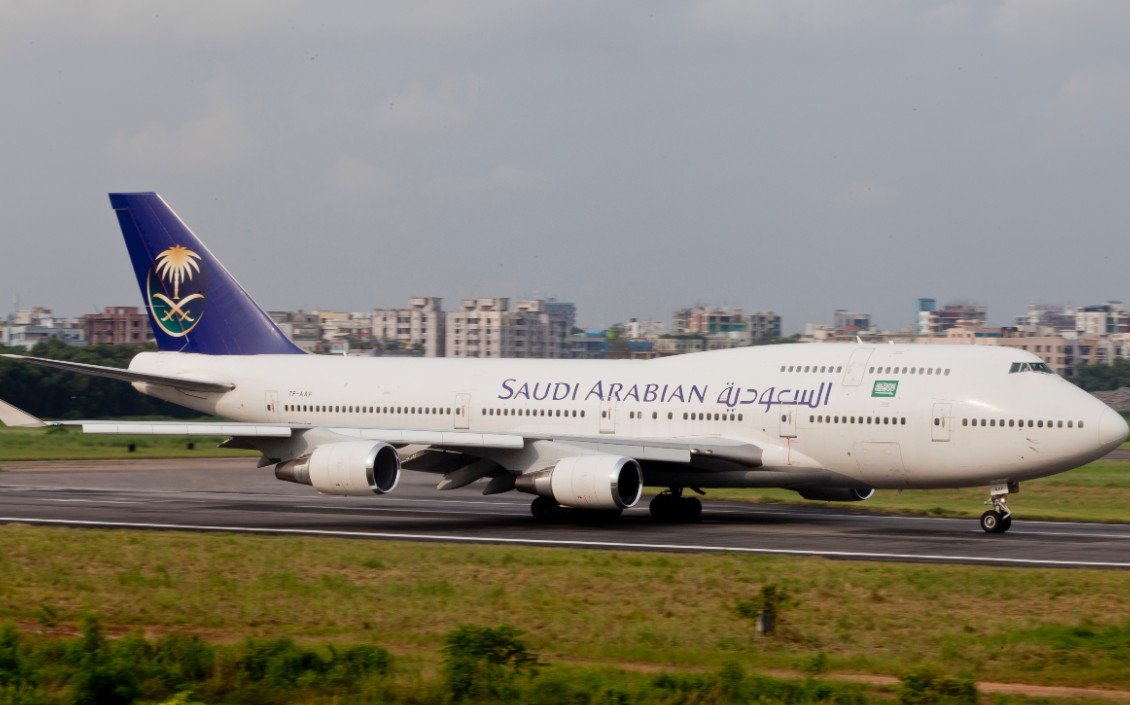Saudi Arabia has announced bold plans to introduce three new airlines, expanding its aviation sector to boost tourism and economic growth. This move, revealed at a major conference in Riyadh on November 24, 2025, will join existing carriers like Saudia and the recently launched Riyadh Air, aiming to connect the kingdom to more global destinations by 2030.
Aviation Expansion Under Vision 2030
The kingdom’s push for new airlines fits into its Vision 2030 plan, which seeks to diversify the economy beyond oil. Officials shared details at the Cityscape Global real estate event, highlighting how these carriers will support massive tourism goals.
This comes as Saudi Arabia targets 150 million visitors annually by 2030, up from an earlier goal of 100 million. The strategy includes building new infrastructure and attracting international travelers for leisure, business, and religious purposes.
Recent events show rapid progress. For instance, Riyadh Air began its first flights in October 2025, starting with routes to London. This new airline plans to reach over 100 destinations by the end of the decade, adding to the kingdom’s global reach.
Experts note that these developments challenge rivals like Emirates and Qatar Airways. Saudi leaders aim to position the kingdom as a key hub in the Middle East aviation market.

Details on the New Airlines
One of the new airlines will be a low-cost carrier based in Dammam at King Fahd International Airport. By 2030, it expects to operate 45 aircraft, serving 24 domestic and 57 international routes, and carrying 10 million passengers each year.
A consortium led by UAE-based Air Arabia, along with local partners, won the bid for this Dammam airline in July 2025. This setup promises affordable flights to boost regional connectivity.
The second airline will focus on religious tourism and base operations in Medina. It targets pilgrims visiting holy sites, offering direct flights to reduce travel time from current gateways like Jeddah.
Details on the third airline remain unclear, with no specific base or focus announced yet. Launch dates and aircraft types for all three are still under wraps, but tenders for the Medina carrier could come soon.
| Airline | Base Location | Focus | Projected Fleet by 2030 | Annual Passengers by 2030 |
|---|---|---|---|---|
| Dammam Low-Cost | Dammam | Budget Travel | 45 Aircraft | 10 Million |
| Medina Airline | Medina | Religious Tourism | Not Specified | Not Specified |
| Third Airline | Unknown | Unknown | Not Specified | Not Specified |
| Riyadh Air (Existing New) | Riyadh | Global Routes | Over 100 Destinations | Millions Projected |
| Saudia (Flag Carrier) | Jeddah | Regional and Religious | Expanding Fleet | High Volume |
Boosting Tourism and Economy
These airlines will help meet surging demand for religious tourism, especially for Hajj and Umrah pilgrimages. Medina’s new carrier could ease congestion by allowing direct access, linked by high-speed trains to other cities.
The kingdom opened to international tourism in 2019, shifting from a closed policy to welcoming visitors worldwide. This has led to a boom in visitors, with numbers climbing steadily.
Economically, the aviation growth could add billions to non-oil GDP. It promises over 200,000 jobs, both direct and indirect, as part of broader reforms.
Recent trends show success. For example, flynas and flyadeal, existing low-cost options, have expanded domestic networks, like new flights from Dammam to Turaif starting December 2025.
Challenges and Global Context
Building a massive aviation sector brings hurdles, such as securing aircraft amid global supply issues. Saudi Arabia has placed large orders, but delivery timelines could delay plans.
Competition is fierce in the Gulf region. Neighbors like the UAE and Qatar have established giants, but Saudi’s focus on religious and leisure travel sets it apart.
On the global stage, this aligns with post-pandemic recovery in aviation. Many countries are investing in tourism, but Saudi’s scale stands out with gigaprojects like NEOM.
- Direct flights to Medina could cut travel time for pilgrims by hours.
- Low-cost options in Dammam may lower fares for regional business travelers.
- Overall, these airlines aim to make Saudi Arabia a transit hub, rivaling Dubai.
Future Outlook for Saudi Skies
By 2030, Saudi Arabia could have seven major airlines, transforming its skies. This multi-airline strategy supports ambitious goals, including 150 million tourists.
Leaders emphasize sustainability, with plans for modern, efficient fleets. As details emerge, watch for announcements on brands and routes.
Share your thoughts on how these new airlines might change travel to Saudi Arabia. Comment below or spread the word to fellow travelers.
